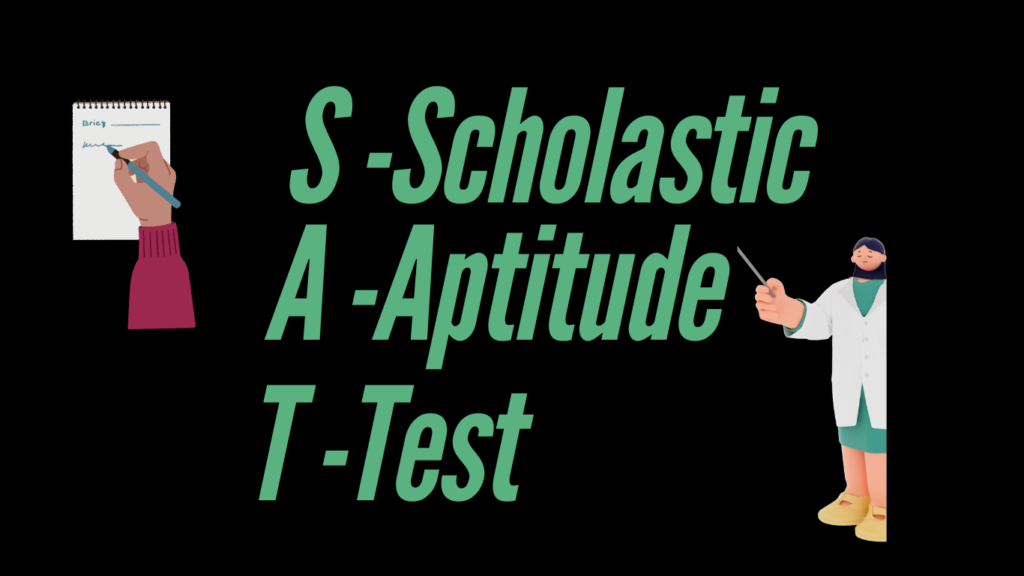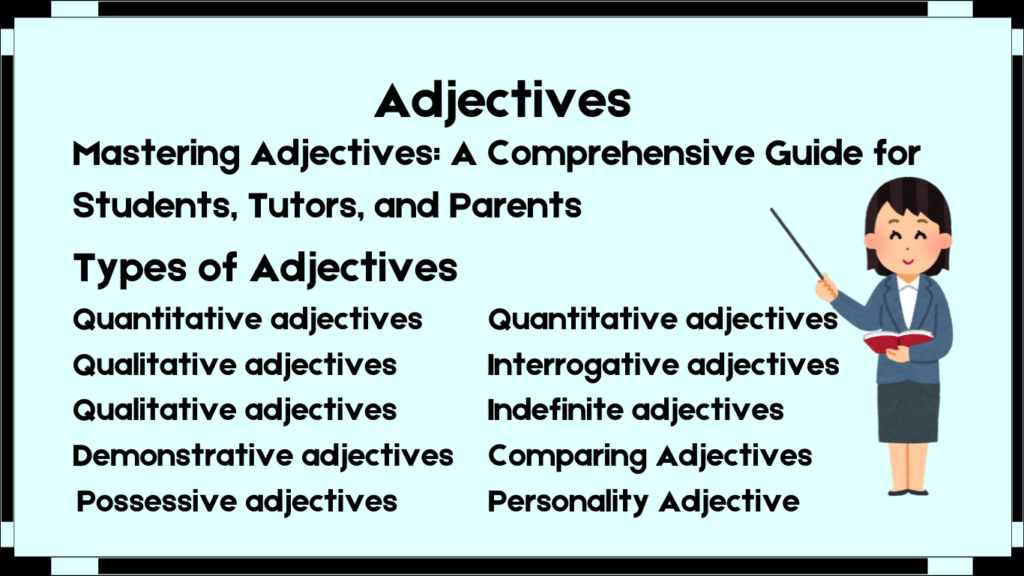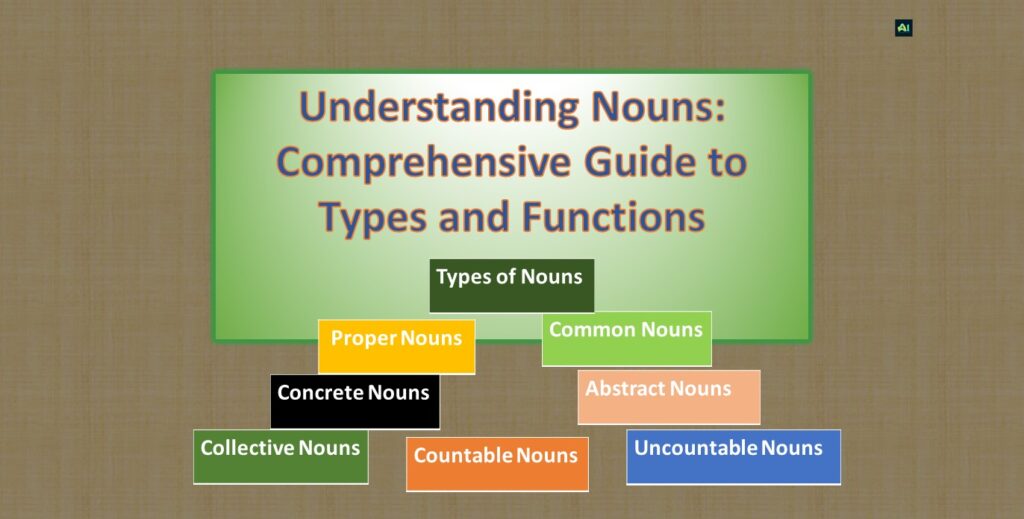Introduction
Preparing for the SAT requires mastering reading comprehension, and one of the best ways to enhance these skills is through practice. This article, SAT Reading Comprehension Practice: Passages, Questions, and Answer Key, provides high-quality passages followed by questions designed to mirror the SAT exam format. By working through these examples, students can develop the analytical and critical thinking skills needed to excel on test day. Whether you are looking to improve your reading speed, grasp complex texts, or understand how to identify key details, this comprehensive guide will help you achieve your goals.
Passage 1
The discovery of penicillin by Alexander Fleming in 1928 is often regarded as one of the most significant medical breakthroughs of the 20th century. Fleming’s chance observation of a mold that killed bacteria laid the foundation for antibiotics, which have since saved millions of lives. Before penicillin, even minor infections could lead to serious illness or death. However, the journey from Fleming’s initial discovery to the mass production of penicillin was not straightforward. It required the collaborative efforts of scientists such as Howard Florey and Ernst Boris Chain, who developed methods to purify and produce penicillin on a large scale during World War II. Their work not only accelerated the availability of the drug but also revolutionized the treatment of bacterial infections, fundamentally altering the landscape of modern medicine.
Questions:
- The author primarily focuses on:
(A) The competitive nature of scientific discoveries.
(B) The role of penicillin in modern-day treatments.
(C) The significance and development of penicillin.
(D) The personal life of Alexander Fleming. - According to the passage, why was the development of penicillin not immediate after Fleming’s discovery?
(A) Fleming refused to share his findings.
(B) The necessary technology had not yet been invented.
(C) Further research and collaboration were required to make it widely available.
(D) Penicillin was initially considered ineffective. - The phrase “laid the foundation for antibiotics” most nearly means:
(A) Introduced a new method of surgery.
(B) Set the stage for the creation of antibacterial drugs.
(C) Encouraged competition among pharmaceutical companies.
(D) Improved diagnostic tools in hospitals. - The author mentions Howard Florey and Ernst Boris Chain to:
(A) Highlight the contributions of lesser-known scientists.
(B) Emphasize that scientific progress often requires teamwork.
(C) Argue that Fleming’s role in the discovery was overstated.
(D) Show that penicillin was discovered independently by multiple scientists. - The tone of the passage can best be described as:
(A) Critical and skeptical.
(B) Objective and informative.
(C) Humorous and light-hearted.
(D) Emotional and persuasive.
Passage 2:
The rise of renewable energy sources is transforming the global energy landscape. Solar and wind power, once seen as unreliable alternatives to fossil fuels, have experienced rapid advancements in technology and decreasing costs. Governments and private companies alike are investing heavily in renewable energy infrastructure, driven by the urgent need to combat climate change and reduce greenhouse gas emissions. In some regions, renewable energy now accounts for a significant portion of electricity generation. This shift is not without its challenges, however. Integrating renewable sources into existing power grids requires innovative solutions to manage variability and storage. Despite these hurdles, the transition to renewable energy continues to gain momentum, promising a more sustainable and environmentally friendly future.
Questions:
- What is the primary focus of the passage?
(A) The dangers of fossil fuel dependency.
(B) The increasing adoption and impact of renewable energy.
(C) The economic consequences of climate change.
(D) The competition between solar and wind energy. - According to the passage, what has contributed to the growth of renewable energy?
(A) Increased demand for traditional power sources.
(B) Innovations in nuclear energy.
(C) A decrease in fossil fuel availability.
(D)Advances in technology and lower costs. - The author’s tone can best be described as:
(A) Pessimistic and doubtful.
(B) Analytical and optimistic.
(C) Neutral and indifferent.
(D) Critical and accusatory.
Passage 3:
The Industrial Revolution, which began in the late 18th century, marked a profound shift in manufacturing processes. Before this period, goods were primarily produced by hand, often in homes or small workshops. The advent of machinery, steam power, and factory-based production led to significant increases in efficiency and output. While the revolution spurred economic growth and urbanization, it also brought about social changes and challenges. Labor conditions in factories were often harsh, with long hours and minimal regulations. Despite these difficulties, the Industrial Revolution laid the groundwork for modern economies, transforming societies and reshaping global trade.
Questions:
- The passage primarily discusses:
(A) The role of artisans in pre-industrial society
(B) The daily life of factory workers.
(C)The invention of the steam engine.
(D)The impact and significance of the Industrial Revolution. - What was one consequence of the Industrial Revolution mentioned in the passage?
(A) A decline in agricultural production.
(B) An increase in hand-made goods.
(C) Economic growth and urbanization.
(D) A return to traditional methods of production. -
The author’s tone can best be described as:
(A) Neutral and factual.
(B) Nostalgic and sentimental.
(C) Alarmist and concerned.
(D) Enthusiastic and celebratory.
SAT Reading Comprehension Practice
For more engaging practice, choose the best option for each question in the form below. Click “Next” to proceed to the next section, and click “Submit” when you are done.
Be sure to check your score and review the answer feedback carefully to enhance your understanding.
Good luck—and remember, practice makes perfect!



